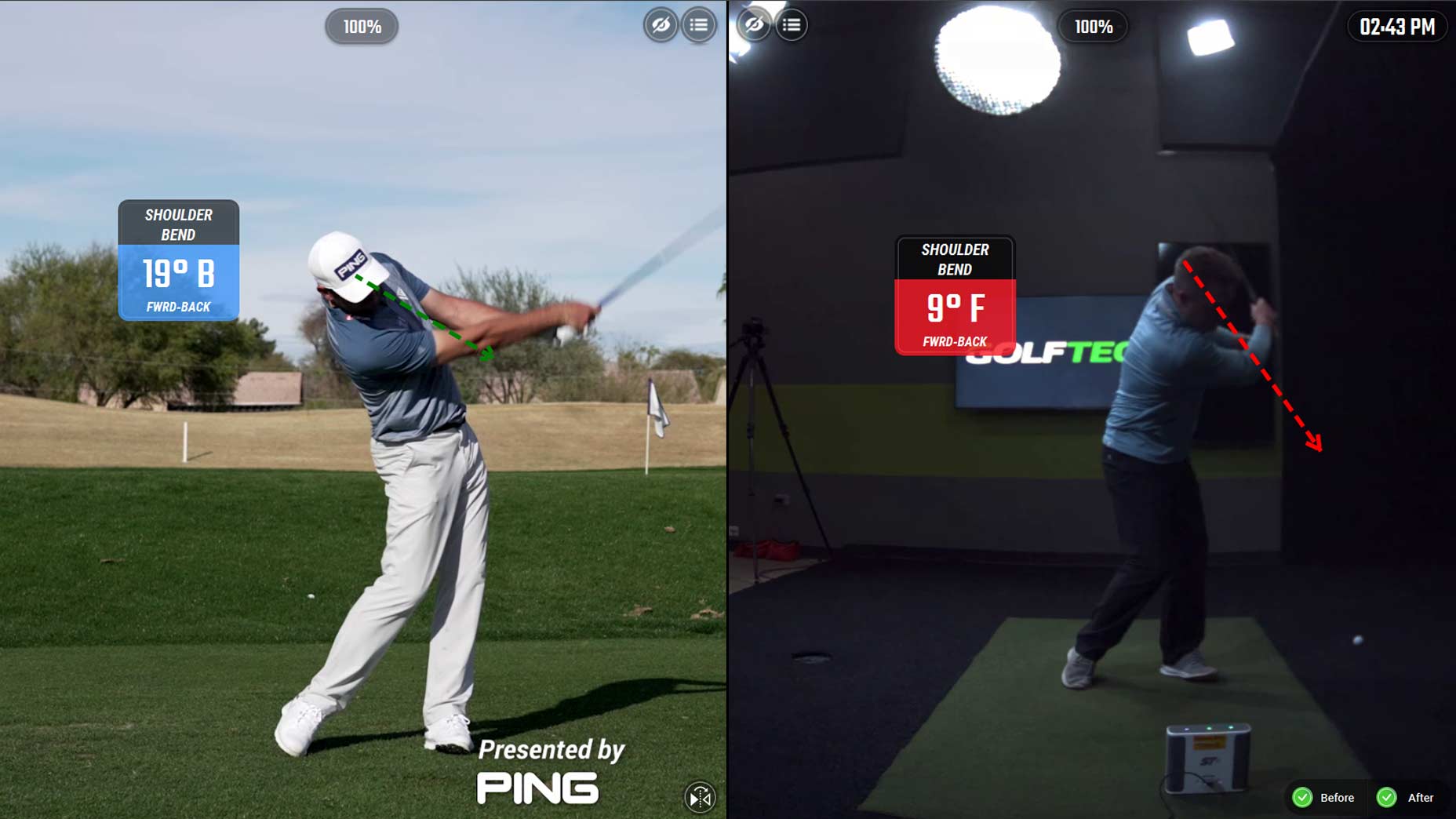Swinging the club is often made out to sound complicated. It’s not. You just need to get your head around a few key points. For example: Use your upper body to load around your legs on the way back and then unload with your legs on the way down. Easy, right? It’s certainly not complicated.
This down-to-earth idea is part of the philosophy I’ve used to teach a multitude of successful pros, including reigning PGA Tour player of the year Patrick Cantlay and Rolex Women’s World Golf No. 2 Nelly Korda. I’m confident it can make you a better golfer too.
Here are five things to focus on.
1. Set up athletically
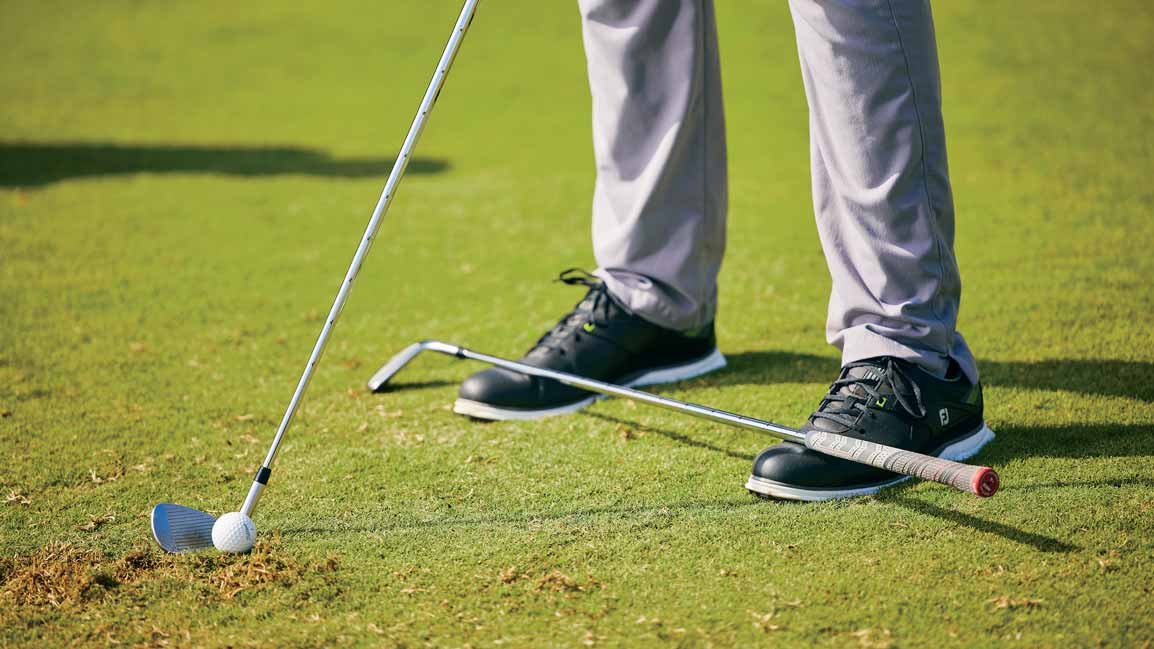
A good swing starts with good address fundamentals. It’s critical to bend from your waist and let your arms dangle naturally off your spine. Aim for a “reverse K” look (from a face-on view), with your trail shoulder below your lead shoulder. From this position, distribute the weight over your feet so that it slightly favors your trail side — about a 55 to 45 percent split.
An easy way to check this is to lay a club across your toes (above). If the club lies flat and balanced, your setup is in good shape.
2. “Load” your takeaway
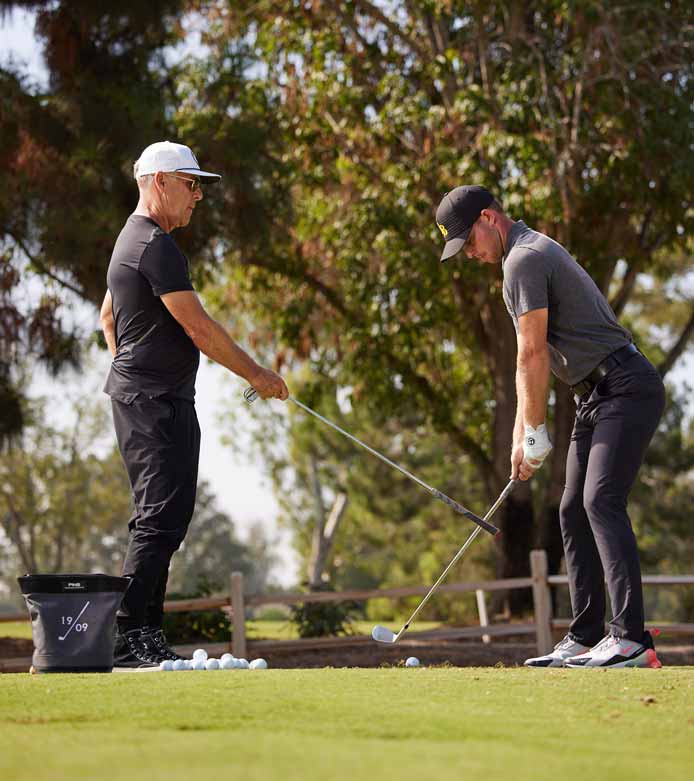
A properly loaded takeaway results from breaking your body into two parts: the upper and the lower. The idea is to rotate your shoulders into your lower body to create a pivot on the backswing. This “loads” your hips and legs and creates torque, which you can use to generate “unwind” power later in the swing.
You can see in the photo (right) how I’m gently pushing this student’s (Long Beach State University sophomore Clay Seeber) club away with pressure just below the grip as he starts his swing. This removes any “handsiness” and instead kick-starts the big muscles in your torso and shoulders in order to begin your swing powerfully.
This is a great drill to find the correct feeling of loading up on your backswing — one I do with Patrick Cantlay every day before he plays.
3. Create a balanced, centered turn
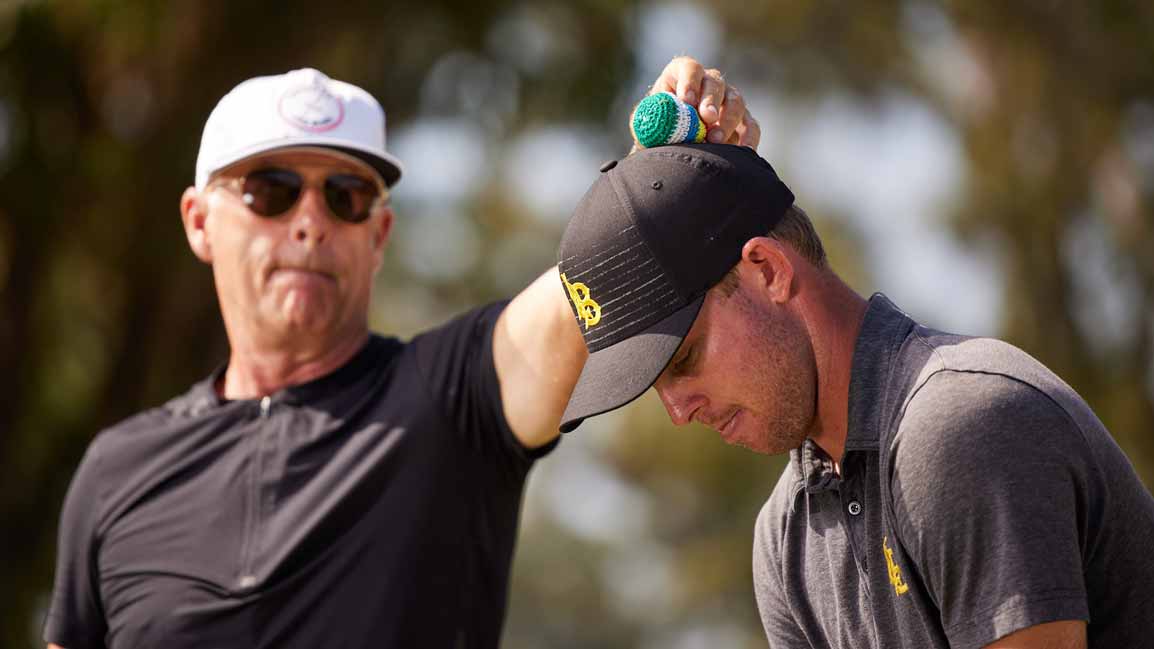
If you don’t have balance in your swing, you have virtually no chance of making a repeatable move. Luckily, there’s a training aid you can use to teach yourself balance, and it costs only a dollar: a Hacky Sack.
Hear me out: Place the Hacky Sack on your head at address (above). If you can make swings without the Hacky Sack falling off before impact, it means you have a quiet head and great balance.
4. Shift toward the target
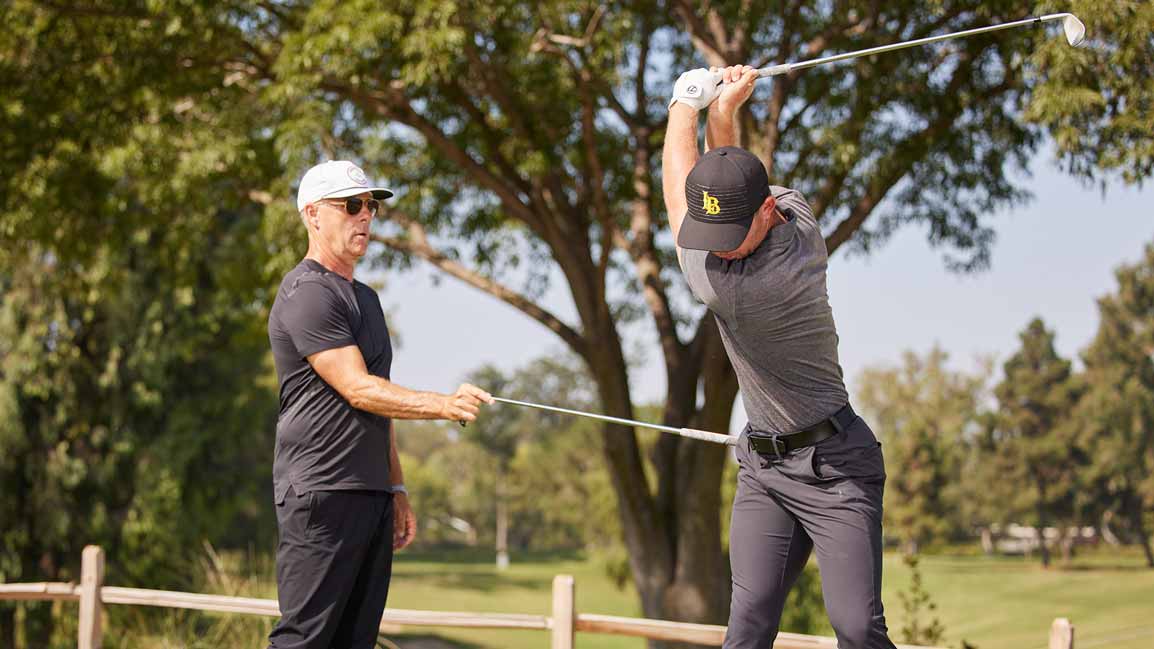
Your lower body should initiate your move from the top. But you don’t want to spin your hips too fast in transition. Instead, you should “bump” your hips toward the target. By doing this, you create enough space for the club to shallow and drop into the correct slot to release on the downswing.
5. Re-create your address angles at impact
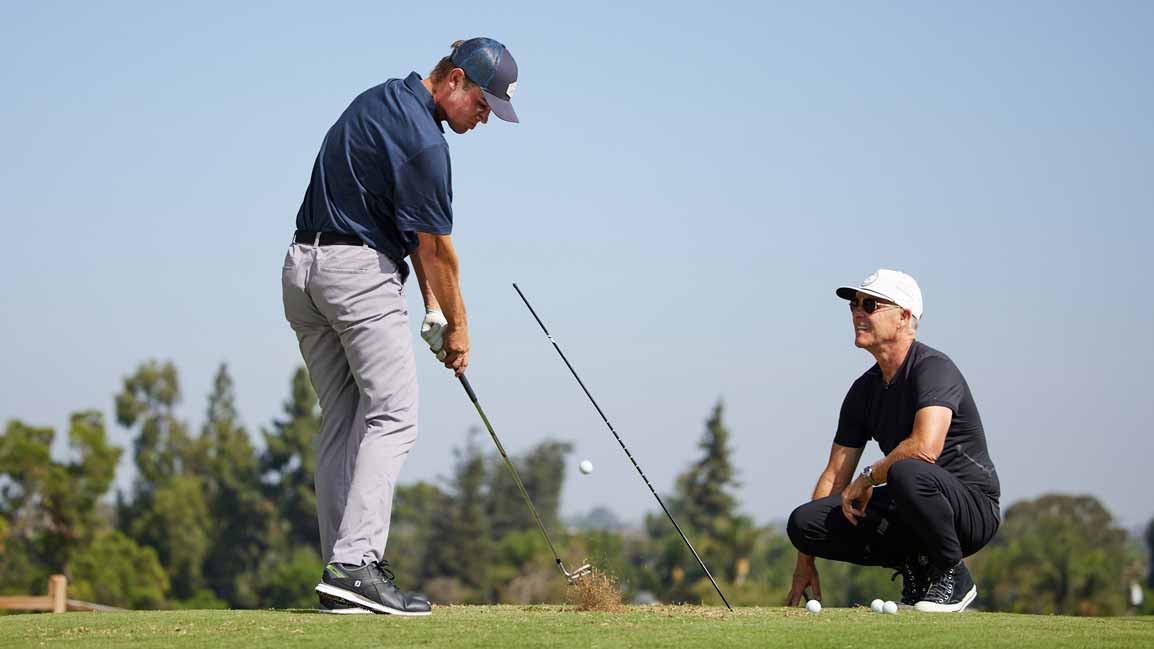
Now that you’re on the way to impact, you want to try and match the shaft angle on your downswing to the angle you had when you were at address.
Think of it like the lines that appear on a backup camera on your car: You want the lines of your shaft and the original plane to match when you reach impact.
If you can return close to that initial angle as you motion the club around you in a circle, you can bet you’ll strike the ball with a square clubface every time.
Top 100 Teacher Jamie Mulligan is CEO at Virginia CC in Long Beach, Calif. Additional reporting by Zephyr Melton.










